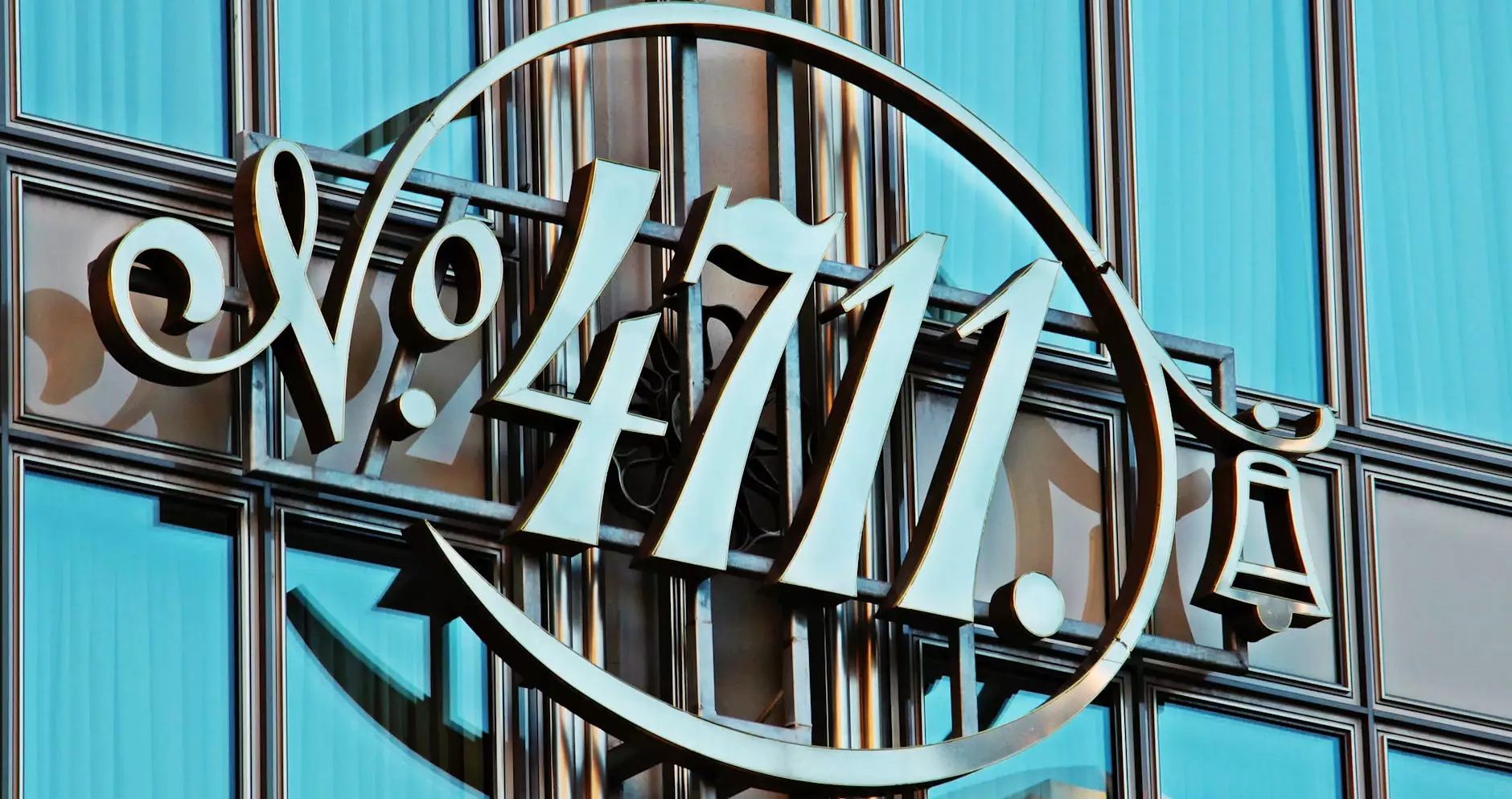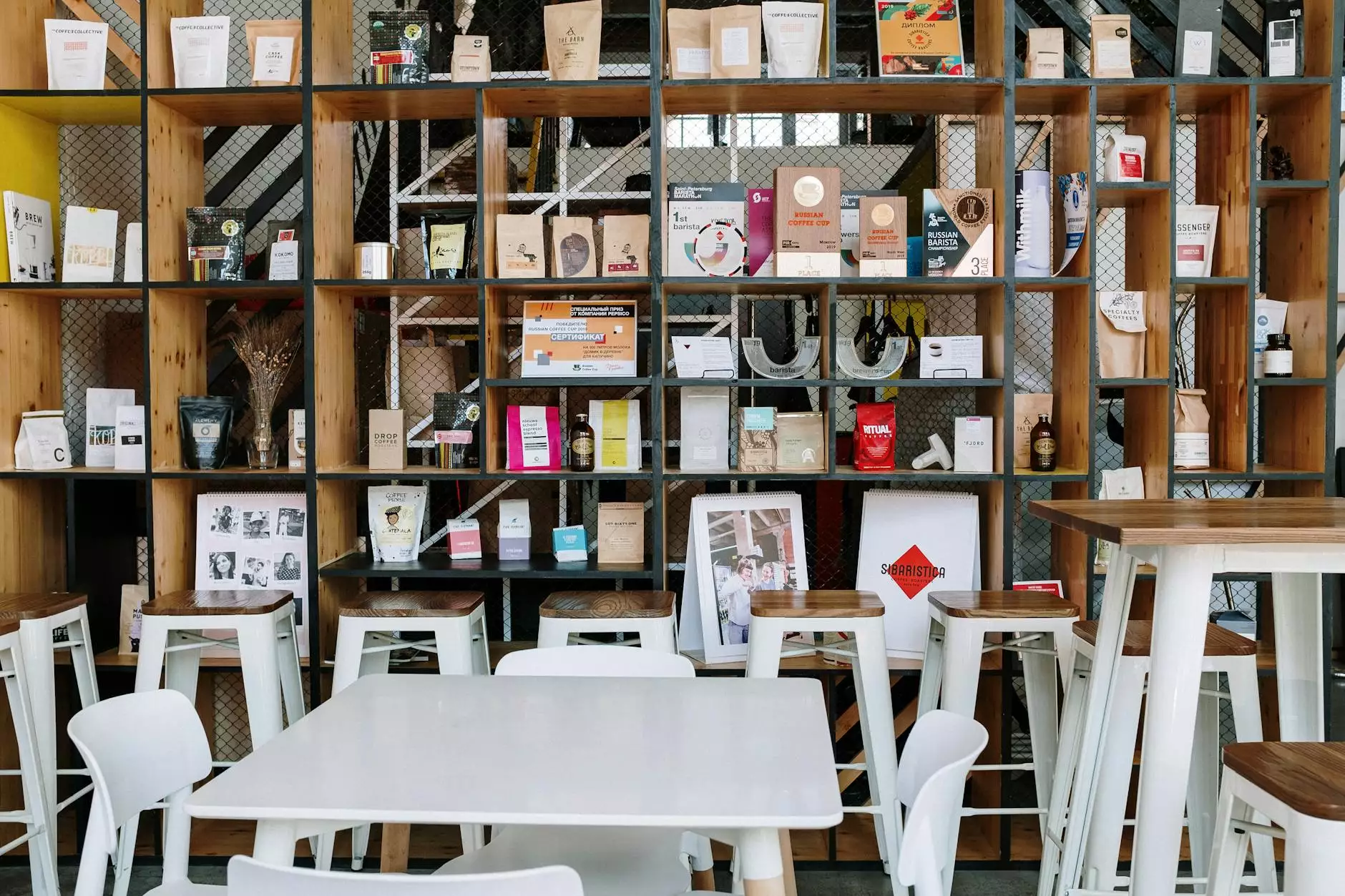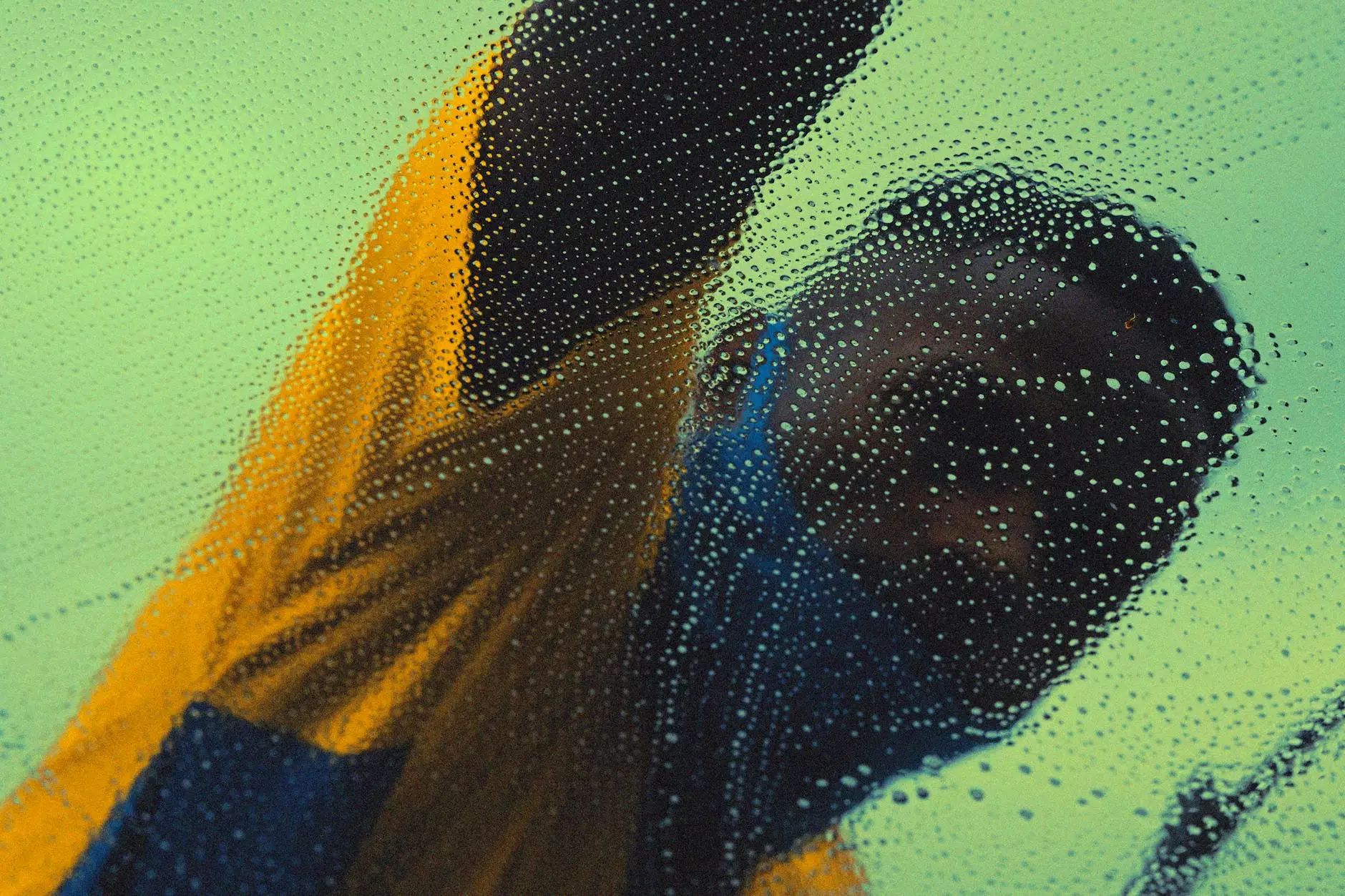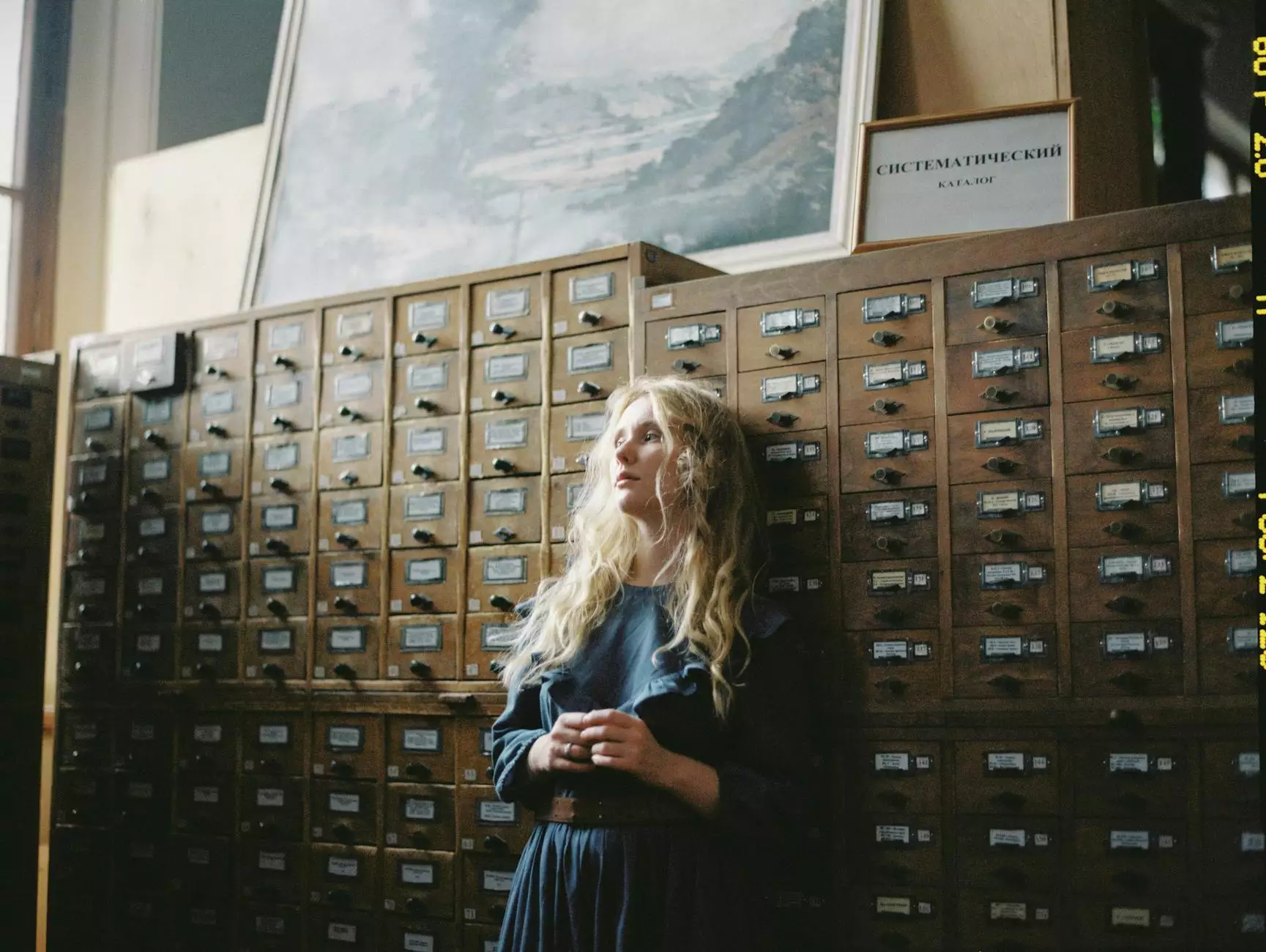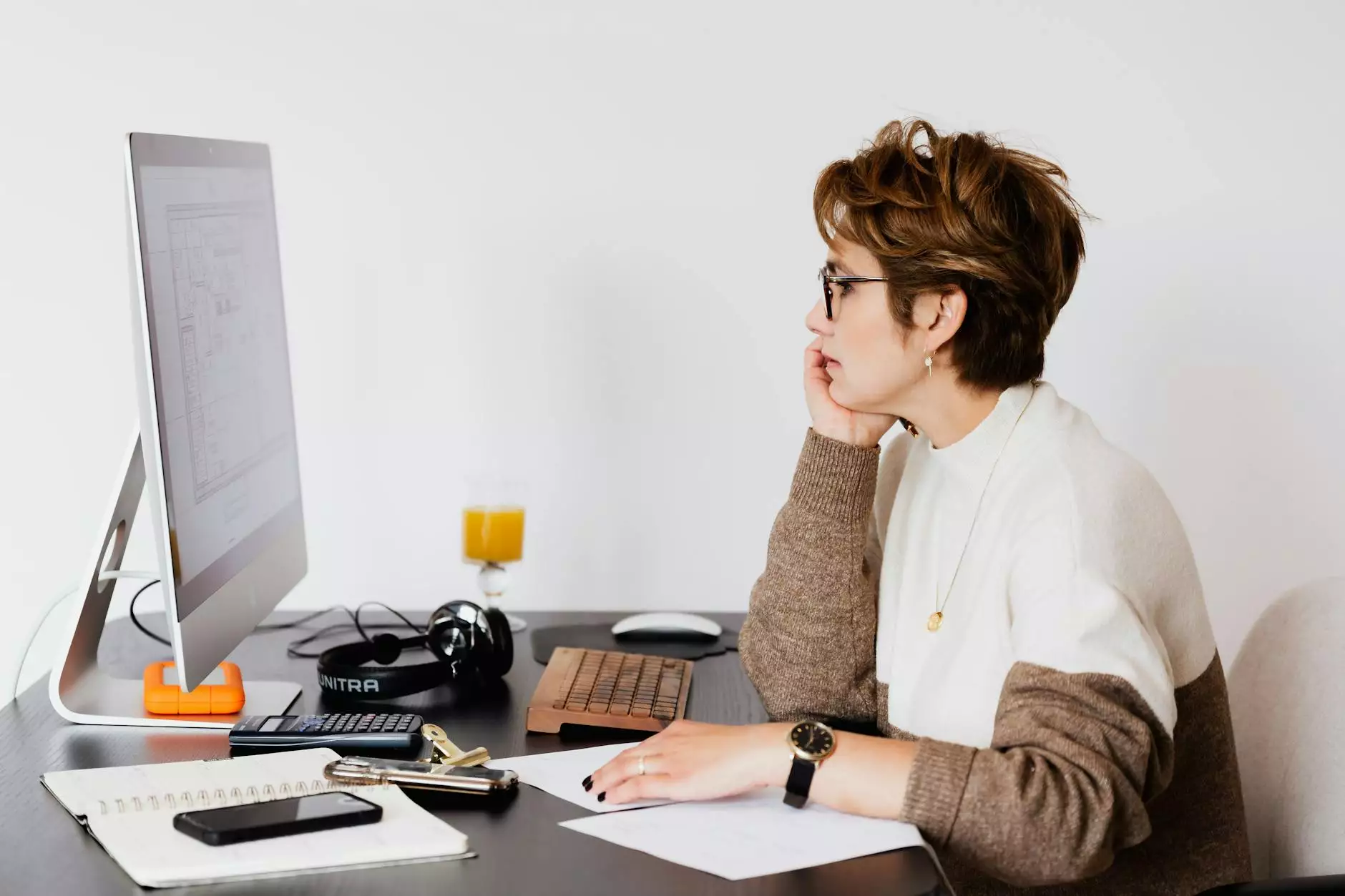Let's Make a Mood Board - Stellen Design
Blog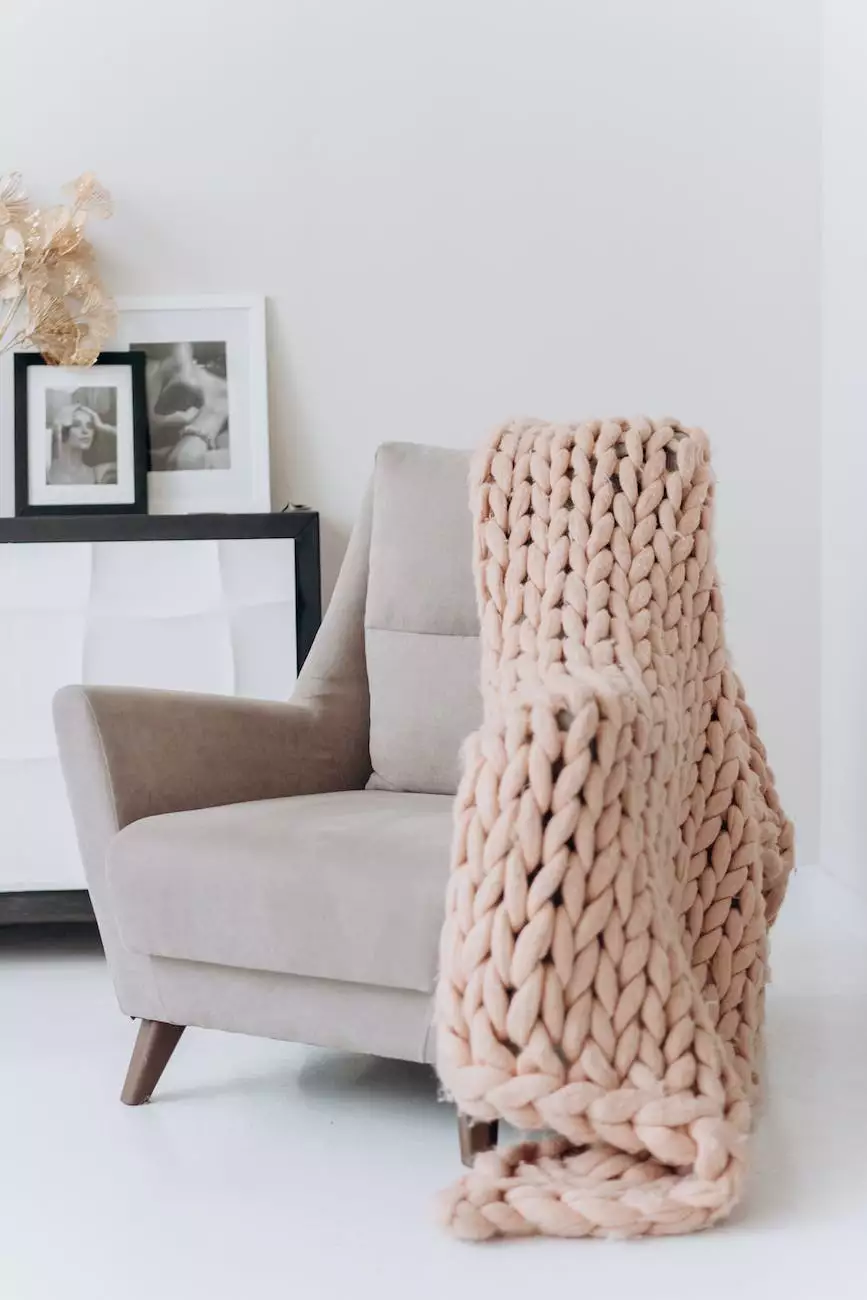
Introduction
Welcome to Stellen Design, a Think Epic company. Are you looking for a way to visualize your creative ideas, organize your thoughts, or communicate your vision effectively? Then you've come to the right place! In this comprehensive guide, we will show you how to make a mood board that transcends traditional brainstorming and analysis techniques, leveraging the power of visual communication to bring your ideas to life.
Why Mood Boards Matter
When it comes to the creative process, mood boards are an invaluable tool. They provide a platform for experimentation, exploration, and expression, allowing you to assemble a collection of images, colors, textures, and typography that capture the essence of your vision. Mood boards provide a visual roadmap, helping you stay focused on your goals and ensuring that your final outcome aligns with your original concept.
The Benefits of Mood Boards
Mood boards offer a range of benefits for individuals and businesses across various industries. Whether you're a graphic designer, interior decorator, fashion enthusiast, or an entrepreneur looking to develop a brand identity, mood boards can make a significant difference in your creative process. Here are some key advantages:
1. Inspiration and Exploration
A mood board serves as a wellspring of inspiration, allowing you to explore different colors, textures, patterns, and styles. It sparks your creativity and stimulates new ideas, pushing you to think outside the box and consider various possibilities. By curating a diverse range of visual elements, you can uncover unexpected connections and unique design directions.
2. Clarity and Focus
When you have a complex project or concept in mind, a mood board helps crystallize your vision. By visualizing your ideas, you can distill abstract concepts into concrete elements. This clarity leads to better communication and allows you to align your team, clients, or stakeholders around a shared visual language and direction.
3. Effective Collaboration
Mood boards serve as a collaborative tool, facilitating effective communication and understanding among team members. By conveying your concept visually, you can bridge potential gaps in language or interpretation. This leads to more efficient collaboration, ensuring that everyone involved in the creative process is on the same page.
4. Streamlined Decision-Making
With a mood board, decision-making becomes more streamlined and efficient. When faced with design choices, you can refer back to your mood board to assess how each option aligns with your original vision and intended mood. This eliminates guesswork and ensures that your final output remains cohesive and true to your initial concept.
5. Client Presentation
For design professionals, mood boards are an effective way to present ideas to clients. Rather than relying solely on verbal descriptions or static mockups, a mood board offers a holistic representation of your vision. The visual impact helps clients visualize the final result and gain confidence in your abilities to bring their ideas to life.
The Elements of a Mood Board
Now that you understand the value of mood boards, let's delve into the key elements that make up a compelling mood board:
1. Imagery
Select images that evoke the desired mood and convey the overall aesthetic you aim to achieve. High-quality photographs, illustrations, or even screenshots can provide inspiration and set the tone for your project.
2. Color Palette
Choose a color palette that resonates with your concept. Consider the emotions and associations different colors evoke and select a harmonious combination that reflects the mood you want to convey.
3. Typography
Fonts and typography play a crucial role in visual communication. Explore various typefaces, their styles, and sizes to find the perfect typography that complements your overall vision.
4. Textures
Textures add depth and tactile interest to your mood board. Incorporate textures such as fabric patterns, natural elements, or even digital overlays to bring a tactile dimension to your visual representation.
5. Layout
The layout of your mood board is like a canvas that showcases all the elements together. Experiment with different arrangements, ensuring a balanced composition that guides the viewer's attention and enhances the overall impact.
Creating Your Mood Board
Now that you have a solid understanding of the importance and elements of mood boards, it's time to roll up your sleeves and get creative. Follow these steps to create your own stunning mood board:
1. Define Your Objective
Start by clarifying your goals and identifying the purpose of your mood board. Are you creating it for personal inspiration, client presentation, or as part of a collaborative project? Having a clear objective will help guide your selections and overall design direction.
2. Gather Inspiration
Collect a wide range of visual references that align with your vision. Explore design blogs, social media platforms, and even physical magazines to find images, color palettes, typography, and textures that resonate with you. Don't be afraid to think beyond your industry or niche – inspiration can come from unexpected sources.
3. Curate and Organize
Review your collection of inspirational materials and start curating a selection that best represents your vision. Consider the mood, color schemes, and visual hierarchy. Organize your chosen elements into groups or themes, ensuring a coherent flow throughout your mood board.
4. Experiment with Layout
Now it's time to bring your mood board to life by arranging the elements in a visually pleasing composition. Play with different layouts, keeping in mind the hierarchy of importance and the flow of the viewer's gaze. Experimentation is key here, so don't be afraid to try different approaches until you find the perfect arrangement.
5. Add the Finishing Touches
Once you're satisfied with the layout, take a step back and assess your mood board as a whole. Are there any additional elements, textures, or text that would enhance the overall impact? Consider adding annotations, captions, or quotes to provide further context. The finishing touches will elevate your mood board to the next level.
6. Digitize and Share
After creating your physical mood board, digitize it for easy sharing and reference. Take high-quality photographs or use design software to recreate your mood board digitally. This way, you can easily share your vision with others, collaborate online, and ensure the longevity of your creative process.
Conclusion
Congratulations! You are now equipped with the knowledge and guidance to create compelling mood boards that amplify your creative process. Whether you're a seasoned professional or a novice exploring the world of design, mood boards are an indispensable asset in your toolkit. So go ahead and let your imagination run wild as you bring your ideas to life through the power of visual communication! Trust Think Epic and Stellen Design to be your reliable partners in the world of mood board creation and design inspiration. Let's make your vision a reality!
Think Epic - Business and Consumer Services - Consulting & Analytical services
Contact us at [email protected] or +1 123-456-7890

